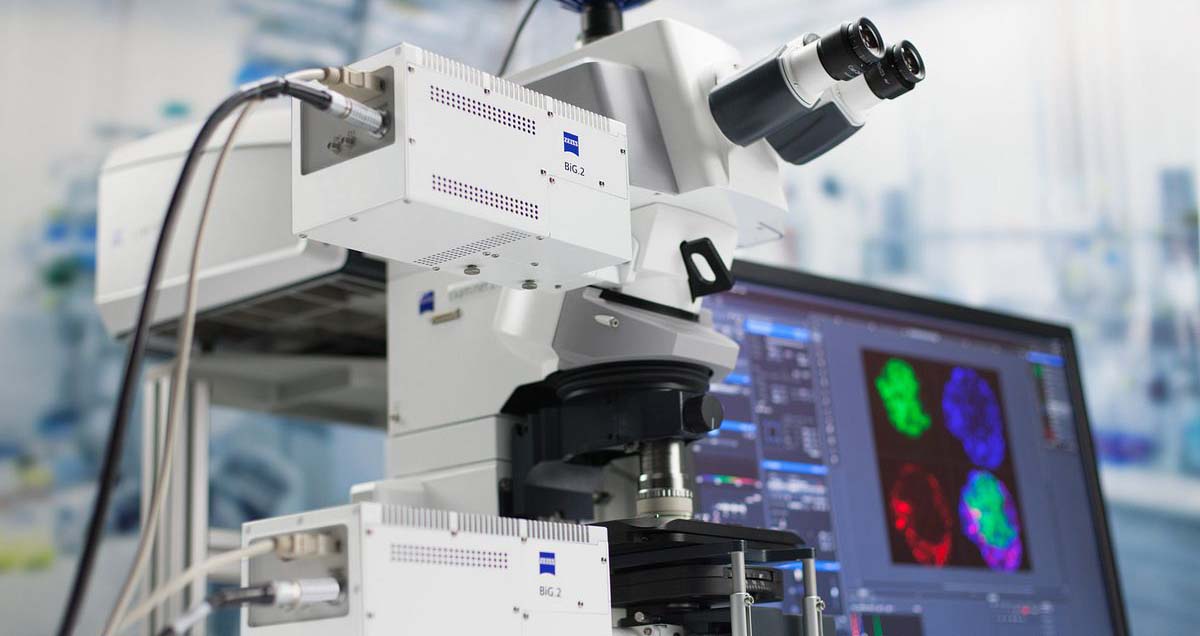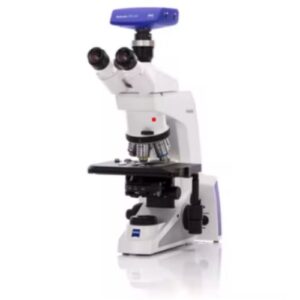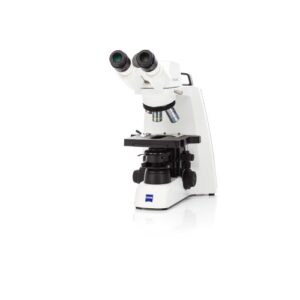Did you know that the microscope industry is currently worth more than 1.3 billion USD? Needless to say, the microscope industry is booming and is only expected to grow in the coming years. This may not be surprising since microscopes are extremely helpful tools that allow researchers to discover the intricate details of very small samples.
The compound microscope is one of the most popular types of microscopes. This is because a compound light microscope is very easy to use and can do a lot of different things. What many people don’t know is that there are several different types of compound microscopes.
But what are they? Keep reading and learn more about these microscopes below.
Biological Microscopes
The most common type of compound microscope is the biological microscope. As a matter of fact, compound microscopes are often referred to as biological microscopes since they so often fall into this category. A biological microscope, as the name suggests, is one that is designed to study biological samples.
Biological can refer to a variety of things. The samples may include plant tissue or fungus or they may involve different types of tissue from the human body such as skin, blood, or even cancer cells from biopsies. Whatever the case, this type of microscope is famous for being very versatile and easy to use.
For that reason, you will often see this type of microscope not only in professional labs but also in schools. In some cases, you can even buy a toy compound microscope in science stores. In the professional realm, a biological microscope can come with a very impressive range of magnification and features that can even see within the organelles of a single cell.
You can explore microscopes by industry here.
The Details
Some microscopes only go up to 100X, but this is usually the case for cheaper and non-professional options. For those that are found in labs and similar work environments, most biological microscopes have much higher magnification ranges. Some range from 400X to even 1,000X.
This, of course, would give the researcher plenty of opportunities to explore the specimen at hand. This large magnification range is often ideal for very small samples involving blood cells, parasites, thin strips of tissue, and even certain types of bacteria.
Careful slide preparation is necessary to ensure that the researcher can properly visualize the sample at hand. It is usually recommended that compound microscopes with magnification ranges above 1,000X should be avoided since the magnification often comes with low focus and clarity.
Polarizing Microscopes
Often referred to as a petrographic microscope, a polarizing microscope, in contrast to its biological brother, is not designed to be used for biological samples. Instead, this type of microscope is designed to visualize rocks and minerals. In some cases, certain chemicals may also be visualized with this microscope.
You might be wondering how light can shine through a piece of rock. After all, won’t the rock block the microscope’s light, even if you slice the rock very thinly? Rocks are cut and polished to a very thin section only 30 microns thick. The interesting thing about this type of compound microscope is that it uses polarized light to see the refractive properties of each mineral within the rock thin section.
It also uses reflected light. The result is that this type of microscope can allow a person to view samples of rocks or chemicals with perfect clarity. This type of microscope, of course, is ideal for scientists such as geologists, forensic scientists, or chemists.
You will often see this type of microscope not only in labs but also within the pharmaceutical industry where it is used to look at certain drugs, chemicals, and particulates up close. This type of compound microscope possesses a unique feature called a polarizer.
What You Need to Know
To get polarized light, the microscope requires both a polarizer and analyzer. One or both parts can be rotated within the light path to give unique contrasts in the lighting. While rotating these or the sample, some parts of the sample will darken while others brighten. By inserting a compensator prism, the sample gains magnificent colors which will define specific minerals and their orientation.
This feature is special because not all waves of light can pass through it; instead, only certain types can go through. Due to the complexity of this feature, it is able to manipulate wavelengths of light in such a way that they are able to illuminate a rock or chemical specimen with ease. This is only made possible with the help of another unique feature known as the analyzer.
This feature helps to analyze the waves of light that are involved with the polarizer. Specifically, the analyzer can read the direction of the light waves and also determine the amount of light that is involved. Overall, this compound microscope is perfect for chemists and geologists as well as those working in the pharmaceutical industry.
Phase-Contrast Microscope
The phase-contrast microscope is similar to the classic biological microscope, but it has a few differences. To start, it has all the features of an ordinary compound microscope. However, it is quite versatile due to the fact that it’s able to analyze both biological and non-biological samples.
This is quite an old type of microscope. As the name suggests, it involves visualizing specimens with a high level of contrast so that they can be seen very clearly.
This type of microscope is ideal for transparent samples. This is especially true for microorganisms since they are so small that they are naturally clear. However, this microscope is also good for analyzing shards of glass, water, and other transparent objects.
Some types of this microscope can even magnify so far as to see the organelles inside of a living cell. This makes it ideal not only in educational classrooms but also in complex research laboratories.
Different Compound Microscope Options
The compound microscope is a very versatile and useful type of microscope and it comes in several different types. Its main types include the phase-contrast microscope, biological microscope, and polarizing microscope. These three options are all very useful in their own ways.
Learn more about life science microscopes.




